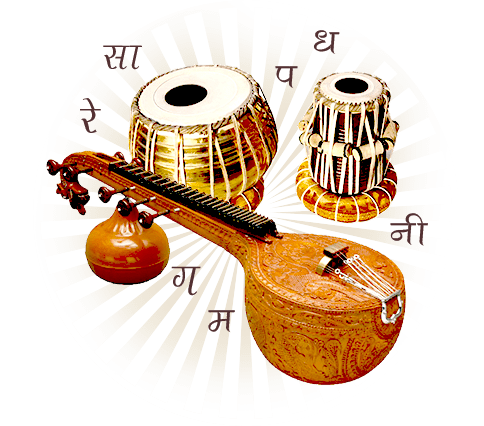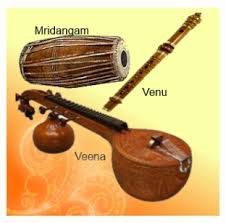History of Indian Classical Music

Indian classical music has a rich and ancient history that dates back over 2,000 years, deeply rooted in the sacred Vedas and spiritual traditions of India. Originating from the Sama Veda, which used musical chants in religious rituals, it evolved over centuries through oral tradition and scholarly texts like Natya Shastra and Sangeet Ratnakara.This music system gradually branched into two main streams — Hindustani in the north and Carnatic in the south — influenced by regional, cultural, and historical factors including invasions, royal patronage, and spiritual movements. Indian classical music remains a profound art form, emphasizing improvisation, melody ( raga ), rhythm ( tala ), and emotional expression.
Hindustani Classical Music

Hindustani classical music developed predominantly in North India and reflects influences from Persian and Mughal cultures due to historical invasions and patronage. It is characterized by extensive improvisation and freedom in the presentation of a raga, allowing the artist to explore different emotions and expressions within a single composition. Major forms include Khayal, Dhrupad, Thumri, and Tappa. Instruments like the sitar, tabla, and sarod are commonly used, and performance often begins with a slow, unmetered alap that introduces the raga before moving into rhythmic compositions.
Carnatic Classical Music

Carnatic classical music is the traditional music of South India, known for its structured compositions, mathematical precision, and devotional themes. Unlike Hindustani music, it places greater emphasis on compositions(kritis) written by saint-composers like Thyagaraja, Muthuswami Dikshitar, and Shyama Shastri. The music is rich in ornamentation(gamakas) and adheres strictly to tala(rhythm) and raga(melody) systems.Common instruments include the veena, mridangam, and violin, and performances often focus on showcasing both technical skill and devotional intensity.
Difference between Hindustani and Carnatic Classical Music

The primary difference between Hindustani and Carnatic classical music lies in their evolution, style, and emphasis. Hindustani music, influenced by Islamic and Persian traditions, is more improvisational and focuses on slowly unfolding a raga through alap and variations. In contrast, Carnatic music remains rooted in Hindu devotional traditions and is more composition-based with fixed structures. While Hindustani music includes forms like Khayal and Thumri, Carnatic music centers around kritis and varnams. Instrumentation also differs — sitar and tabla dominate in the north, while veena and mridangam are common in the south. Despite their differences, both styles share the foundational concepts of raga and tala and are equally rich and revered traditions.